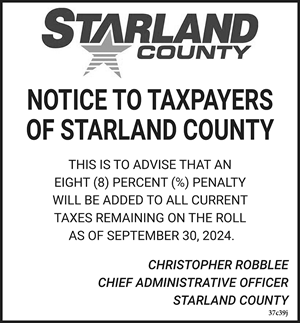
Wild boar, also known as feral pigs, have been declared an invasive species and a pest where at large in Alberta, and Kneehill County is taking steps at a municipal level to protect agricultural operations through a new bylaw prohibiting these pests within county boundaries.
Kneehill County council were presented with the Prohibited Animal(s) Bylaw, which would prohibit anyone from keeping these pests, either permanently or temporarily, within the county during the regular Tuesday, November 15 council meeting.
“Wild boar at large have the potential to cause significant damage to agricultural operations due to their biology and behaviours,” explained Parks and Agriculture manager Shelby Sherwick during the meeting.
Although the bylaw could have potential future impacts, both financially and on department resources, Ms. Sherwick noted it would also allow the county “get ahead” of the wild boar issue before it becomes “a major concern within Kneehill County.”
While some agricultural producers in other municipalities do keep wild boar as livestock, Deputy Reeve Ken King noted this bylaw would prohibit any production of wild boar within Kneehill County.
Council, with unanimous consent, passed all three readings of the Prohibited Animal(s) Bylaw.
















